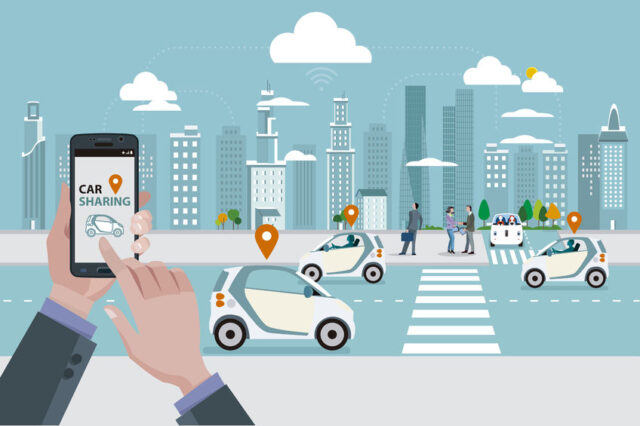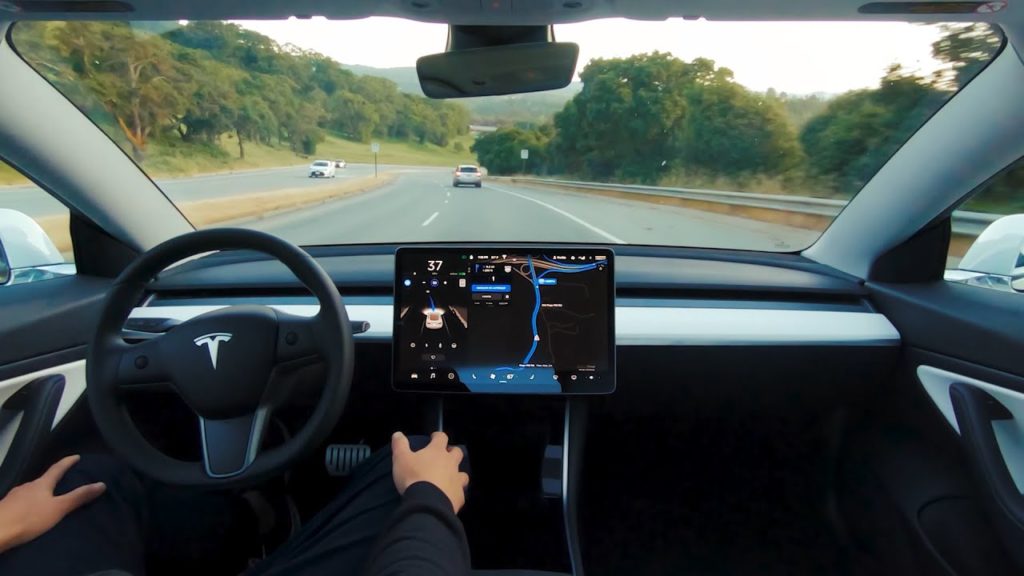
We have all been told numerous times as children never to enter a car with strangers. That was just one rule that went out the window when Uber and other carsharing businesses appeared. Despite the words of wisdom our mothers tried to impart on us, we not only get in cars with strangers. We download an app and actively seek them, so we can get in cars with them. Some would say that this is just another way modern society is destroying traditional values.
Uber had a spectacularly bad IPO, which set its value at less than $50 billion. Considering some experts claim that the company was worth more than $120 billion, it is quite a downfall. On top of that, it has yet to have a profitable quarter. For a business employing 22,000 workers and 3.9 million drivers worldwide, that is not an ideal situation. Still, many people are trying to copy their business model, hoping to outperform them and snatch a piece of the market share.
Uber has become so successful that the company’s name has become a household item. Not only that, but people are using it as a verb, just like Google. It has completely changed the way we think about public transportation. Yet, none of these facts have helped it post a profit. Not only that, but their losses are mounting at an alarming rate. In 2018, the company posted a loss of $1.8 billion. In the third quarter of 2019 alone, it lost $5 billion. For comparison sake, Uber raised $9 billion from the IPO it did in May of 2019. 5 of those 9 billion are already gone, and that is not counting the last quarter of 2019.
In general, there are two ways a company can reduce its losses and turn a profit. It can either cut costs or increase income. Unfortunately, Uber doesn’t have either of those options.
Uber’s biggest expense is drivers. Some 80% of its revenue goes to drivers’ salaries. Already drivers are complaining that they don’t get enough money from Uber. One day before Uber had its IPO, there were a huge boycott and a protest march, where drivers demanded higher pays. Any further reduction would result in a massive exodus, leaving the company stranded at a critical juncture.
Increasing revenue would mean increasing prices, which is one of Uber’s key competitive edges, especially over traditional taxi services. Hiking them up would mean that fewer people use them, compounding the problem.
Seeing the biggest carsharing business in the world struggles to make ends meet, the logical question is can anyone make ridesharing profitable? The answer is yes, but under certain conditions.
How to Start a Carsharing Business
Find a Niche

One of the biggest problems with Uber is that they are so concentrated on growth that they often skip steps in order to reach that goal. One of those steps is background checks. In their pursuit to add more drivers to their fleet, Uber doesn’t really pay much attention to who they are hiring, as long as they have a car and can drive. That has prompted the creation of several companies, colloquially called Uber for kids.
They specialize in driving unaccompanied minors to and from school or any other destination. Getting parents to abandon the whole “Stranger – Danger” approach has been difficult, but they manage to quell their fears but being very thorough with their background checks. Some even require a personal interview with potential drivers before hiring them. Compared with the Uber’s lax approach, this is equivalent to passing a background check when getting a job at the CIA. This is just one example of how a niche can be exploited to create a profitable carsharing business.
Create an App

The app is a crucial part of any ridesharing business. It has to be well-designed and easy to use like the one Ridecell is offering. Keep it is as simple as possible while retaining full functionality. This is the first thing your users will see, even before they get into a car with one of your drivers. It has to be flawless.
Test the Market

The best way to test your concept is in an urban environment, with a high density of population. Young professionals drive far less than their parents and are in need of reliable public transportation. If your business can provide that, you can become very successful in a short time. The carsharing market in the United States alone is set to reach $16.5 billion by 2025, despite all the losses companies like Uber and Lyft incurred.
According to Global Market Insights Inc., a market research agency: “car-sharing market is slated to record a massive double-digit y-o-y growth (34.8%), with a projected revenue collection of more than USD 16.5 billion by 2025.” That is a pretty big pie and if you can secure even a small slice, it can be worth millions.
Pay Attention to Your Drivers

Drivers are critical employees for any carsharing business. We mentioned how a simple omission, like a thorough background check, can hurt a company. Keeping them happy and on the streets will be half of your success. Install and follow a training program for new drivers. This is not only beneficial but also mandatory in some states, like California. Offering incentives to drivers with the highest ratings and most rides is a good way to reward your best employees.
You can offer them more money, or you can provide things that you know they will need. Free car repairs and maintenance are always welcome in this business, as well as the equipment they can use. Happy drivers will result in happy customers, which directly translates to a bigger market share and more revenue. As long as your customers are willing to recommend your company, you are on a good track. You can also offer loyalty programs to them, with discounts for frequent rides or mileage. All these factors combined should result in a profitable carsharing business.












